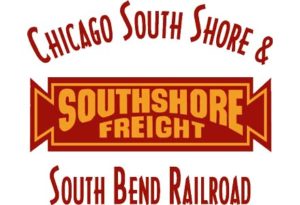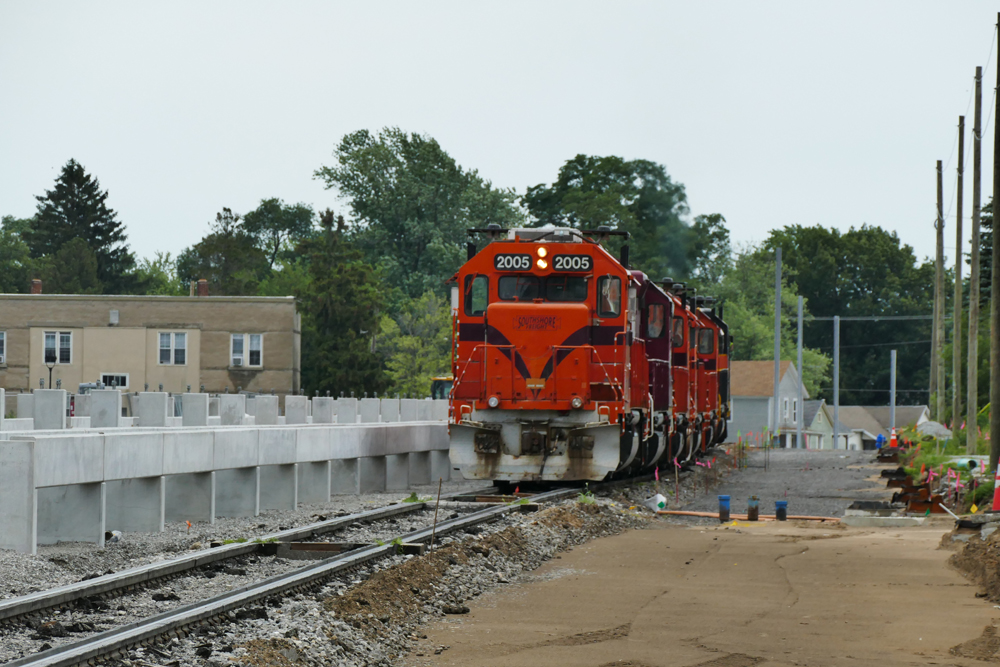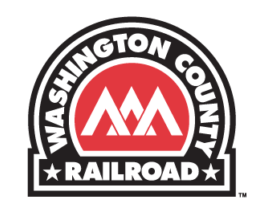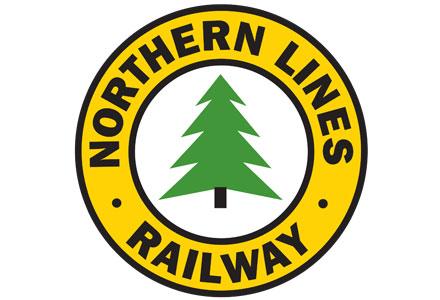 Chicago South Shore and South Bend Railroad summary
Chicago South Shore and South Bend Railroad summary
The Chicago South Shore and South Bend Railroad (CSS) is a Class III short line railroad that operates in the Chicago and northwest Indiana region. Simply known as South Shore Freight, it’s owned by Anacostia Rail Holdings. Of the 127 miles of standard-gauge track used by the CSS, 75 miles serves as trackage rights on the non-affiliated South Shore Line commuter system between South Bend, Ind., and Chicago.
History
The Chicago South Shore and South Bend Railroad began operations in 1908 as the Chicago, Lake Shore & South Bend Railway between South Bend and Hammond, Ind. The use of alternating current made the interurban railroad unique from all others in the Midwest. By the time carload freight service was launched in 1916, expansion began to take shape. Samuel Insull acquired the renamed Chicago, South Shore and South Bend in 1925 and purchased additional interurban lines as part of an extension. The Great Depression caught up with the South Shore and was forced into bankruptcy in 1933. Although reorganization got the railroad back on track, it experienced years of ownership changes, progression, and regression. Anacostia bought the South Shore in December 1989 from the bankrupt Venango River Corporation and has remained as owner and operator ever since.
Operations
Today’s traffic on the Chicago South Shore and South Bend Railroad is evenly split between coal and other commodities. Half of the coal traffic is steam coal for the Northern Indiana Public Service Company, while the other half is metallurgical coal for ArcelorMittal in Burns Harbor, Ind., producing steel for the auto industry. Outside the coal traffic are steel products, chemicals, grain, minerals, scrap metal, pig iron and roofing material for the railroad to haul.

South Shore Freight shares the majority of the line with Northern Indiana Commuter Transportation District, a commuter authority created in 1977 by the State of Indiana to operate the South Shore Line passenger service. An approximate 45 commuter trains operate on the weekdays, yet both the freight and passenger businesses maintain a strong partnership resulting in an efficient operation. While dispatching falls under the commuter authority, both railroads’ operating staffs meet weekly, and South Shore Freight participates in interviewing dispatcher candidates.
The CSS rosters 13 diesel locomotives. The EMD GP38-2s serves as the reliable backbone to the fleet while carrying the railroad’s bold orange-and-maroon paint scheme.
South Shore Freight intersects nearly every railroad going into the Chicago area. Gary, Ind., east of Chicago, alone sees plenty of interchange traffic with coal trains off the Canadian Pacific and BNSF Railway which the South Shore picks up at the Belt Railway Company’s Commercial Avenue yard.
Read more about the Chicago South Shore and South Bend Railroad in Trains’ June 2017 issue.













